Step back in time and embark on a journey through history with “A Guide To Places To Visit In Ancient Rome.” You will find yourself wandering through awe-inspiring ruins, marveling at magnificent architecture, and soaking in stories that have shaped our world.
This guide offers a delightful tour of Rome’s most iconic ancient sites, from the grand Colosseum to the whispers of the Roman Forum. Get ready to explore, learn, and be enchanted by the timeless allure of Rome. Have you ever dreamt of walking through cobbled streets that echo with the footsteps of emperors or gazing upon monumental structures that have withstood the test of time?
If so, then Ancient Rome is a destination you must add to your travel bucket list. The Eternal City is a living museum with an unparalleled collection of historical sites that transports you back to an era of gladiators, gods, and grandeur.
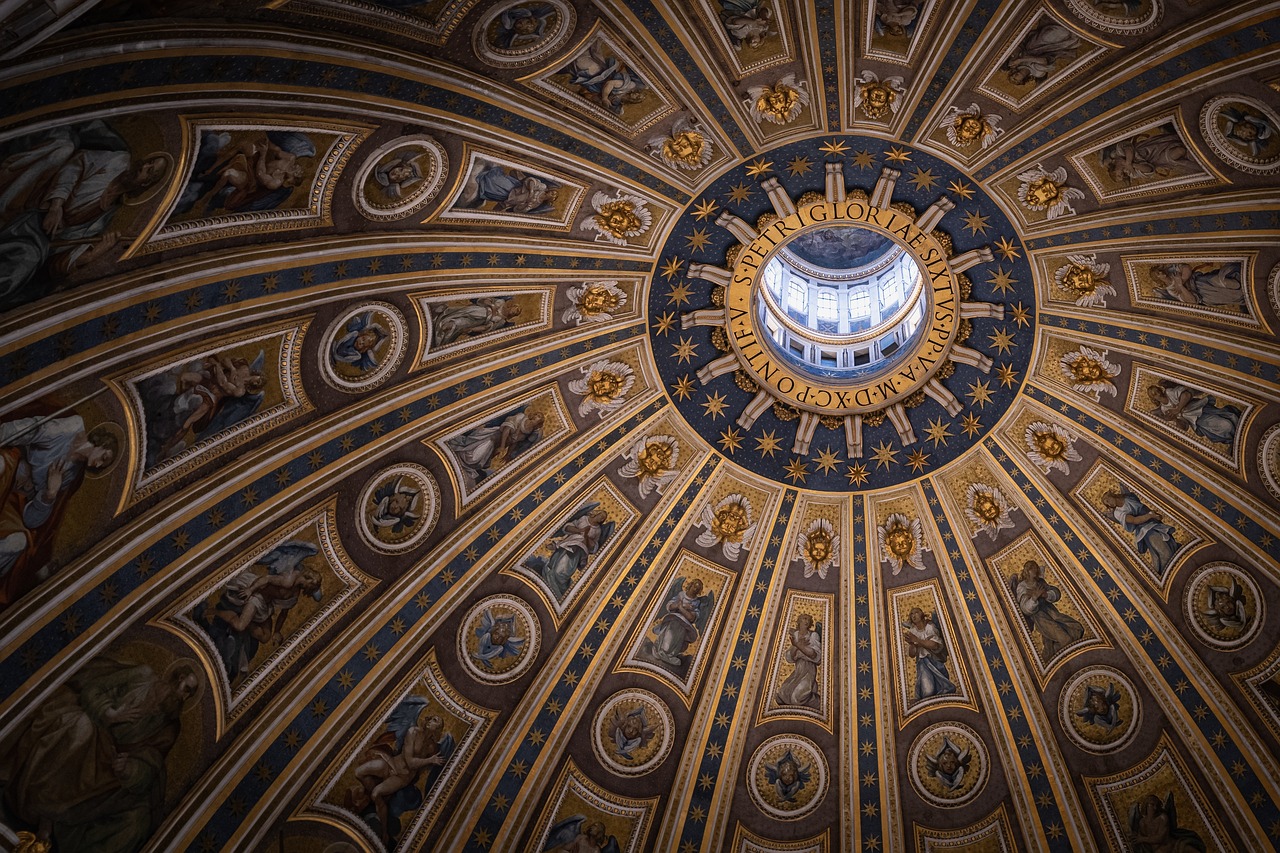
The Colosseum
History of the Colosseum
You can’t talk about Ancient Rome without starting with the Colosseum. This iconic amphitheater was originally known as the Flavian Amphitheatre and was commissioned around AD 70-72 by Emperor Vespasian. Finished in AD 80 under his heir, Titus, the Colosseum could seat around 50,000 to 80,000 spectators.
What to See
- The Arena Floor: Imagine standing where gladiators once fought for their lives. The reconstructed arena floor gives you a real sense of the scale and intensity of the events that took place here.
- The Hypogeum: This subterranean network of tunnels and cages was used to house gladiators and wild animals before contests.
- The Upper Tiers: These areas offer an unparalleled view of the inner workings of the Colosseum and the surrounding city.
Insider Tips
While the Colosseum is open to visitors all year round, try visiting early in the morning or late afternoon to avoid the crowds. Booking a guided tour will offer a richer understanding of the site’s history and architecture.
The Roman Forum
History of the Roman Forum
Situated just a stone’s throw away from the Colosseum, the Roman Forum was the heartbeat of Ancient Rome’s political, economic, and social life. This sprawling complex of ruins was originally a marketplace but evolved into a space filled with temples, courts, and government buildings.
What to See
- Temple of Saturn: The towering columns of what remains of this temple are a favourite among photographers.
- Arch of Titus: Erected in AD 81, this arch commemorates Titus’s victory in the Siege of Jerusalem.
- The Senate House (Curia): The centre of Roman political life, where the Senate would meet to decide crucial matters of the state.
Insider Tips
Consider purchasing a combined ticket for the Colosseum and the Roman Forum. It’s more economical and allows you to explore both sites at your leisure.
Palatine Hill
History of Palatine Hill
Palatine Hill, one of the Seven Hills of Rome, is believed to be the birthplace of Rome, where Romulus founded the city in 753 BC. Over the centuries, it became the poshest residential area, reserved for emperors and the elite.
What to See
- House of Augustus: The remarkably well-preserved frescoes provide a glimpse into the opulent life of Rome’s first emperor.
- Flavian Palace: This vast complex includes residential and public spaces, showcasing the grandeur of imperial Rome.
- Stadium of Domitian: Once used for athletic events and as a private garden, this area now provides a peaceful escape from the hustle and bustle of the city below.
Insider Tips
Given its extensive grounds and numerous sites of interest, set aside a few hours to explore Palatine Hill. Bring comfortable walking shoes and a water bottle, especially during the summer months.
Pantheon
History of Pantheon
One of the best-preserved structures from Ancient Rome, the Pantheon was originally built as a temple for all Roman gods. Completed around 125 AD under Emperor Hadrian, it was later consecrated as a Christian church.
What to See
- The Oculus: This 27-foot-wide opening at the dome’s apex allows natural light to flood into the Pantheon, creating a breathtaking visual effect.
- Monumental Columns: The grand entrance is flanked by massive Corinthian columns, each carved from single blocks of Egyptian granite.
- Interior Marble Floors and Walls: You’ll be awed by the intricate designs and varieties of marble, sourced from across the Roman Empire.
Insider Tips
The Pantheon is free to enter, but it can get crowded. Consider visiting early in the morning or late in the evening. Don’t forget to look up and admire the dome, a marvel of ancient engineering.
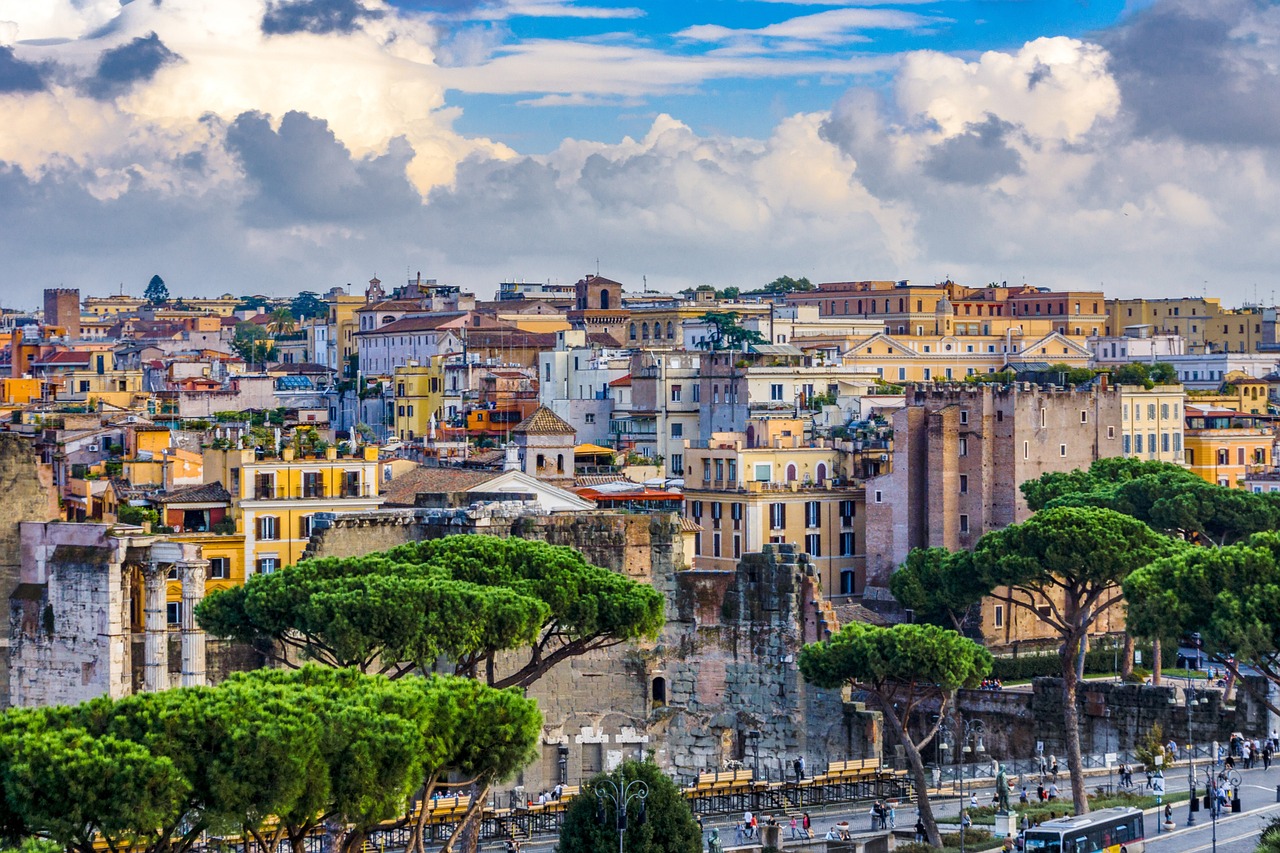
Circus Maximus
History of Circus Maximus
Once the largest stadium in ancient Rome, the Circus Maximus was primarily used for chariot races. It could hold up to 250,000 spectators, making it the biggest stadium of its kind in history.
What to See
- The Racetrack: Though not much remains of the original structure, you can still walk along the vast oval track where chariots once roared.
- The Obelisk: The Egyptian obelisk that once stood in the center has been relocated, but its original placement site is still a focal point.
- Surrounding Hills: The Aventine and Palatine Hills provide great vantage points for viewing the Circus Maximus.
Insider Tips
Entry to the Circus Maximus is free. While there isn’t as much to see as other sites, it’s a great spot for a leisurely stroll or picnic. Picture how it must have felt with the roar of the crowd and the excitement of a chariot race.
Baths of Caracalla
History of Baths of Caracalla
The Baths of Caracalla were constructed between AD 212 and 216 during the reign of Emperor Caracalla. These public baths could accommodate up to 1,600 bathers and showcased the Romans’ advanced engineering skills.
What to See
- The Caldarium, Tepidarium, and Frigidarium: These three bathing rooms offered hot, warm, and cold baths respectively, showcasing the complexities of Roman plumbing.
- The Gymnasium: These workout rooms served not just as exercise spaces but also as social hubs.
- The Mosaic Floors: Though many have been relocated to museums, you can still glimpse some intricate designs in situ.
Insider Tips
Consider taking a small pair of binoculars to appreciate the detailed mosaics and frescoes high on the walls. Visiting in the late afternoon can also offer softer lighting and a quieter atmosphere.
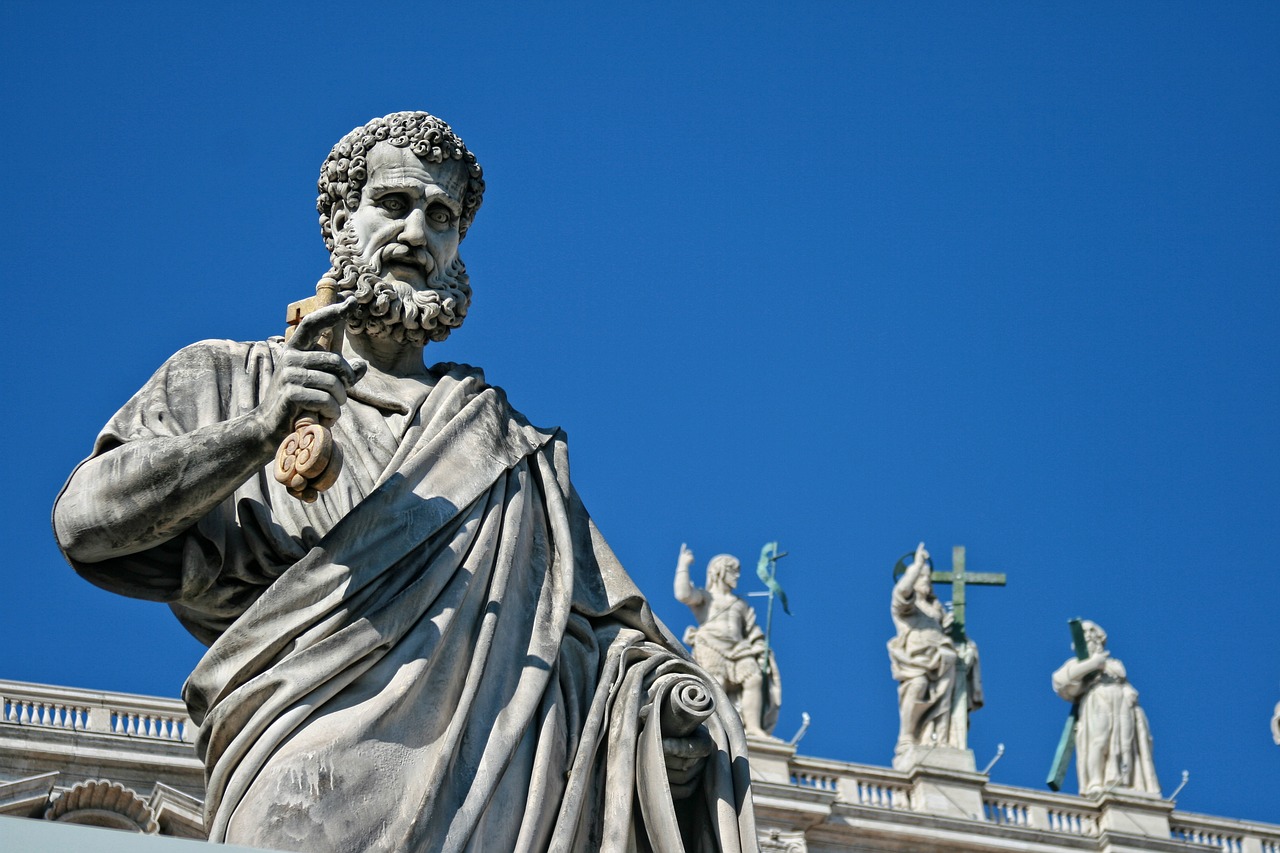
Appian Way
History of the Appian Way
Known as the “Queen of Roads,” the Appian Way was one of the earliest and most important Roman roads, stretching from Rome to Brindisi. It played a crucial role in military campaigns and trade.
What to See
- Cecilia Metella’s Tomb: This iconic tomb is one of the best-preserved structures along the route.
- Catacombs: The Catacombs of San Callisto and San Sebastiano offer a haunting glimpse into early Christian burial practices.
- Nymphaeum of Egeria: This serene grotto was believed to be the dwelling place of the nymph Egeria.
Insider Tips
Rent a bike to pedal along the ancient stones of the Appian Way. It makes for a romantic and leisurely day out of central Rome. Remember to carry a map or GPS, as it can be easy to get lost among the ruins and countryside.
Capitoline Hill
History of Capitoline Hill
Capitoline Hill, one of Rome’s Seven Hills, has been a religious and political center for centuries. It once housed temples dedicated to Jupiter, Juno, and Minerva.
What to See
- Piazza del Campidoglio: Designed by Michelangelo, this beautifully symmetrical square is a masterpiece in itself.
- The Capitoline Museums: Explore treasures like the Capitoline Wolf, the statue of Marcus Aurelius, and other ancient artifacts.
- Temple of Jupiter Optimus Maximus: Though little remains, the ruins evoke a sense of the grandeur once associated with this central temple.
Insider Tips
The approach to Capitoline Hill from the Cordonata staircase designed by Michelangelo offers fantastic photo opportunities. Consider booking a guided tour of the Capitoline Museums to get the most out of your visit.
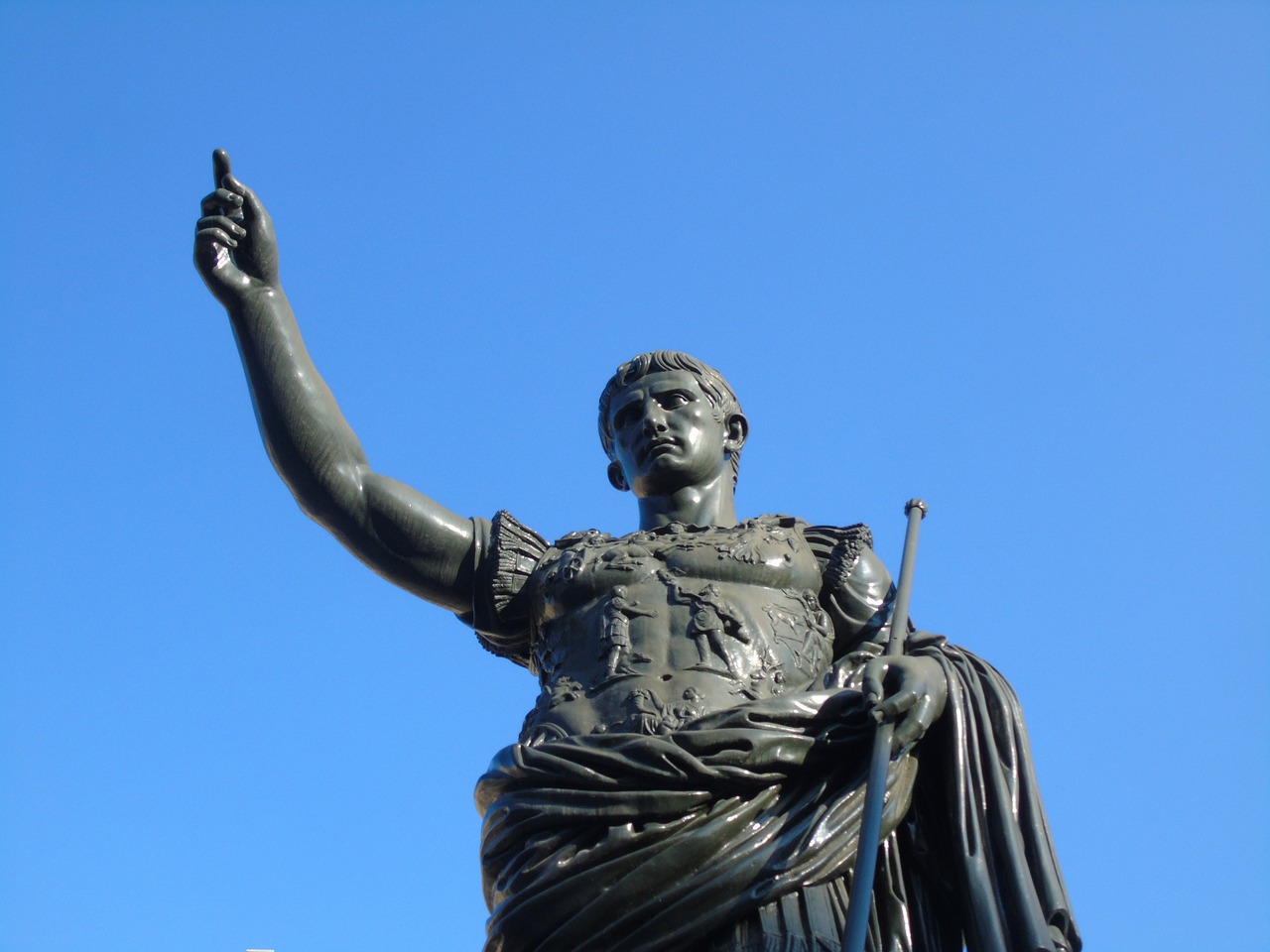
Trajan’s Market
History of Trajan’s Market
Often considered the world’s first shopping mall, Trajan’s Market provided commercial, administrative, and residential functions during Ancient Rome. Built between 107 and 110 AD, it was part of Emperor Trajan’s grand urban renewal project.
What to See
- The Great Hall: This central area was used for market stalls and administrative offices.
- Tabernae: These are small shops that you can still explore, imagining what Roman commerce might have looked like.
- Trajan’s Forum: Adjacent to the market, this forum is another marvel of Roman architecture and urban planning.
Insider Tips
Trajan’s Market is often less crowded than other sites, making it a great spot for a quiet yet enriching visit. Use your imagination to picture merchants selling their goods and bustling Roman crowds.
Arch of Constantine
History of the Arch of Constantine
This triumphal arch, situated between the Colosseum and the Palatine Hill, was erected in 315 AD to commemorate Constantine’s victory over Maxentius at the Battle of Milvian Bridge.
What to See
- Detailed Reliefs: The arch is adorned with intricate carvings and reliefs celebrating Constantine’s victory and other events.
- Inscription: At the top, you’ll find a Latin inscription that praises Constantine and his divine inspiration.
- Spolia: Look for earlier statues and carvings incorporated into the arch, showing how Romans recycled art from conquered peoples.
Insider Tips
The Arch of Constantine is always accessible and doesn’t require a ticket. It’s best viewed in combination with a trip to the Colosseum and the Roman Forum due to its proximity.
Temple of Venus and Rome
History of the Temple of Venus and Rome
Located near the Colosseum, this was the largest temple in Ancient Rome, dedicated to Venus Felix (Venus the Bringer of Good Fortune) and Roma Aeterna (Eternal Rome). It was designed by Emperor Hadrian and completed in 135 AD.
What to See
- The Ruins: Though not much remains, the outlines of the massive double dedication on the site offer a sense of its former grandeur.
- Architectural Elements: Examine the scattered columns and fragments of the temple’s intricate decorations.
- View Back to the Colosseum: From the top of the structure, enjoy an exceptional view of the Colosseum and the surrounding archaeological area.
Insider Tips
You can combine your visit to the Temple of Venus and Rome with the Colosseum and Palatine Hill, as they are all part of the same archeological park. Sunrise or sunset visits provide the best lighting for photographs.
Largo di Torre Argentina
History of Largo di Torre Argentina
Largo di Torre Argentina is a fascinating archaeological site that includes the remains of four Republican-era temples and the Theatre of Pompey. What makes it even more interesting is that it is the location where Julius Caesar was famously assassinated in 44 BC.
What to See
- The Temples: Explore the remains of Temples A, B, C, and D, each dating from different periods of the Roman Republic.
- The Curia of Pompey: While only ruins remain, this was the meeting place of the Senate where Caesar met his end.
- Cat Sanctuary: Modern-day Rome has turned this archaeological site into a sanctuary for stray cats. It’s quite a unique feature you wouldn’t expect in an ancient ruin.
Insider Tips
Largo di Torre Argentina is free to visit and located near other central attractions, making it an easy stop during a walking tour of the city. Be prepared for lots of feline company!
The Via Sacra
History of the Via Sacra
The Via Sacra, or “Sacred Road,” was the main street of Ancient Rome, running through the heart of the Roman Forum, stretching from the Capitoline Hill to the Colosseum. It was the site of numerous processions, triumphs, and significant public events.
What to See
- Processional Route: Walk the length of the road imagined as consuls and generals might have during their triumphal processions.
- Ancient Pavements: Look for remnants of the original basalt paving stones, worn smooth by the passage of countless Roman feet.
- Adjacent Monuments: Historical landmarks such as the Arch of Titus, the Temple of Venus and Roma, and the Basilica of Maxentius line the route.
Insider Tips
Take your time strolling along the Via Sacra to fully appreciate its historical significance. Audio guides or a knowledgeable tour guide can vastly enhance your experience, offering stories and insights at potentially overlooked points of interest.
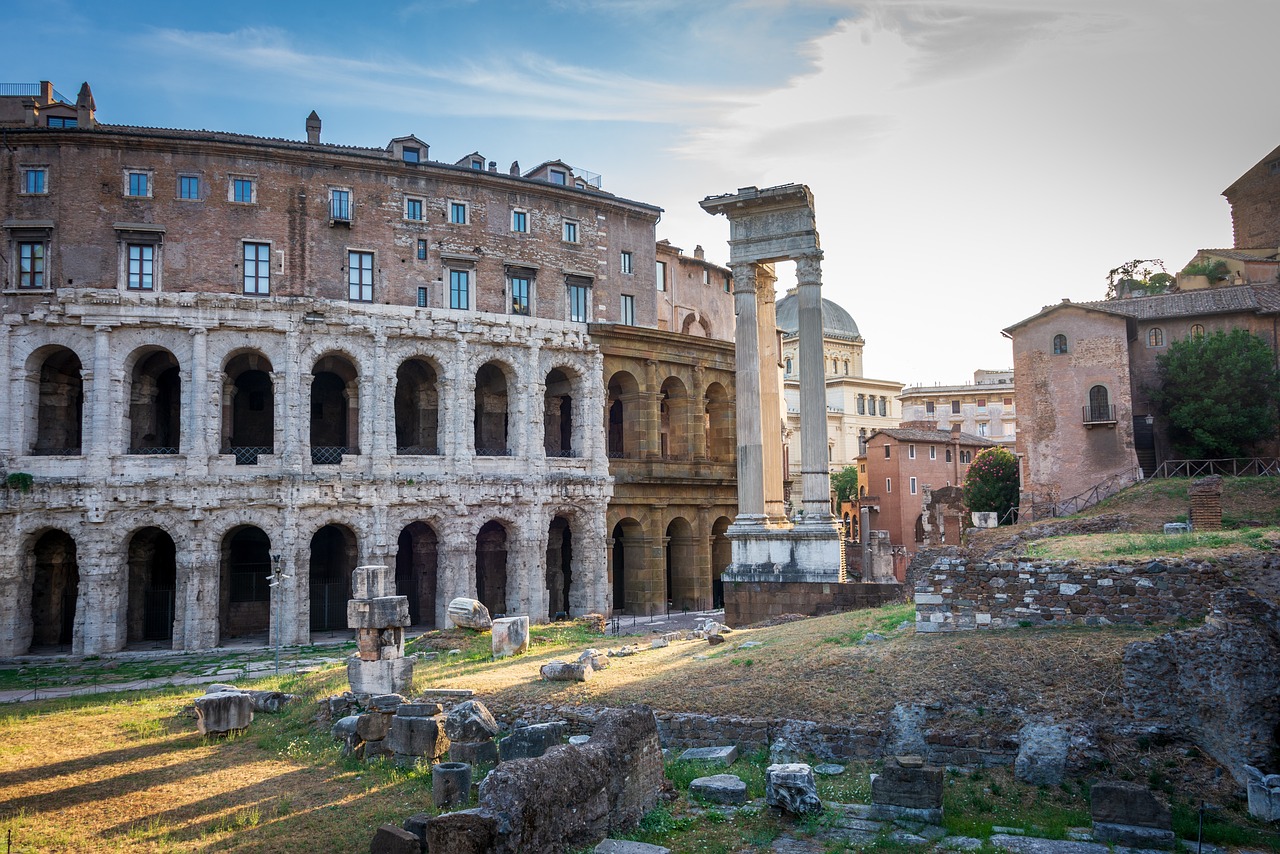
A Guide To Places To Visit In Ancient Rome
Ancient Rome offers far more than can be covered in a single trip, or even in 3,000 words. From monumental ruins to quieter, more evocative sites, each location tells the story of a civilisation that shaped the world as we know it.
While in this guide, we have tried to provide you with an introduction to must-visit places. Remember that part of the magic of Rome is in wandering and discovering its hidden gems on your own.
So, one last tip before you lace up your walking shoes, grab a map, and set off on your journey through time! If you intend to go to Rome in August, be prepared for the heat…It is very, very hot, and exploring in the intense heat does drain you!
That’s it from us. Ancient Rome awaits, ready to reveal its stories, secrets, and splendour to all who seek them. Happy exploring!
